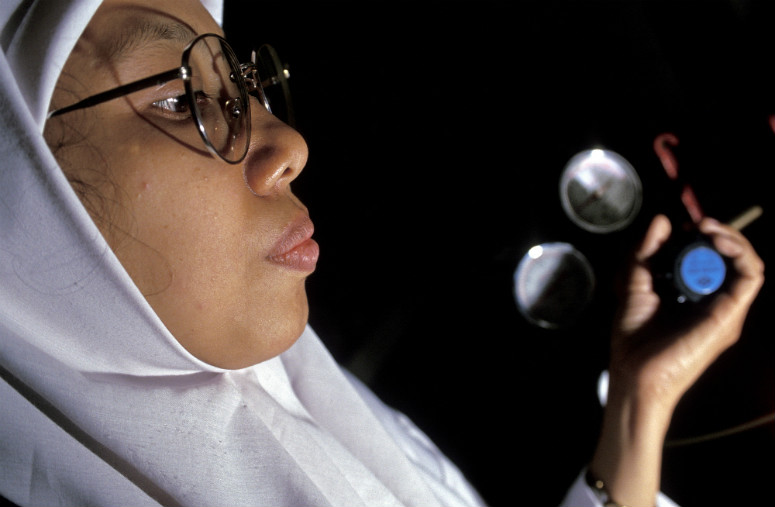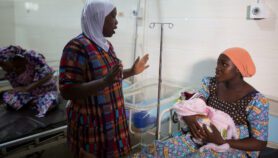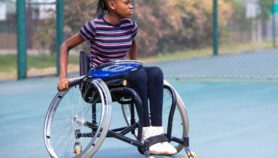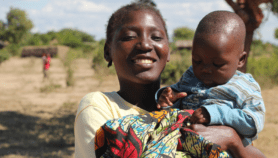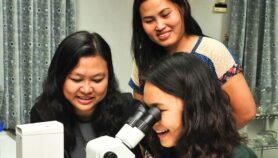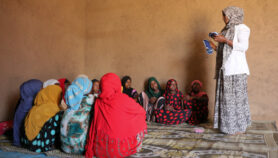By: Tonya Blowers
Send to a friend
The details you provide on this page will not be used to send unsolicited email, and will not be sold to a 3rd party. See privacy policy.
The launch comes a few months after a Washington Post article revived debates about ‘zombie statistics’ on women, agriculture, labour and land ownership, such as “women produce 60 to 80 per cent of the world’s food”. Such figures are kept alive by continual referencing in research papers and interviews on the subject, and are even used as the basis for funding requests or policy decisions — but, on closer inspection, no one knows where they come from. Like zombies, this dubious data refuses to die.
Its persistence points to another major problem: reliable and meaningful global and comparative figures for women’s participation in labour markets and agriculture tend to be few and far between.
This is also the case with women in science, technology and innovation. International organisations have made attempts to amalgamate the data collected by different countries and regions to produce sex-disaggregated comparative figures for different places. For example, the highly respected SHE figures — published every three years by the European Commission — maps data on women in STEM across Europe. [1] And the Organization for Women in Science for the Developing World (OWSD), in partnership with WISAT (Women in Global Science and Technology), has spent the past few years mapping gender-sensitive data on important ‘knowledge society’ issues, including science and technology, in different countries. Assessments on four African countries — Ethiopia, Kenya, Rwanda and Uganda — took place in 2015.
“If countries gathered gender-disaggregated statistics and used an agreed set of indicators, this would make comparisons more straightforward and meaningful.”
Tonya Blowers
What is interesting is that both projects attempt to tease out the social and cultural factors that might affect women’s participation in sciences, as well as the basic quantitative data about the number of PhDs and so on. The SHE figures for 2012 measured new indicators including work-life balance. [1] And the OWSD/WISAT project uses new indicators of health, economic and social status to assess the barriers women face.
But, of course, the best outcome would be if countries — especially developing ones — could collect and provide statistics themselves, rather than global organisations doing this. If countries gathered gender-disaggregated statistics and used an agreed set of indicators, this would make comparisons more straightforward and meaningful.
This is where the UNESCO SAGA project could prove transformative. And there are regional projects to complement this work. Last week, campaigning organisation GenderInSITE organised a workshop in Zimbabwe on mapping gender in science, innovation, technology and engineering policy and governance in Africa. It brought together many African women and men involved in science and gender policy, as well as international participants, including myself, via video conference. One objective was to agree on indicators for collecting data on gender in nine African countries, as part of the African Science, Technology and Innovation Indicators programme.
Data collection is, of course, only the start of the story. Data must be analysed, translated and presented. Then it can provide a solid basis for demanding change in closing the gender gap and for seeking funding to do this.
Tonya Blowers is programme coordinator for the Organization for Women in Science for the Developing World. Previously she was a staff writer at TWAS (The World Academy of Sciences) and has developed science communication courses for PhD students. She can be contacted at [email protected]
References
[1] SHE figures 2012 (European Commission, 2012)


